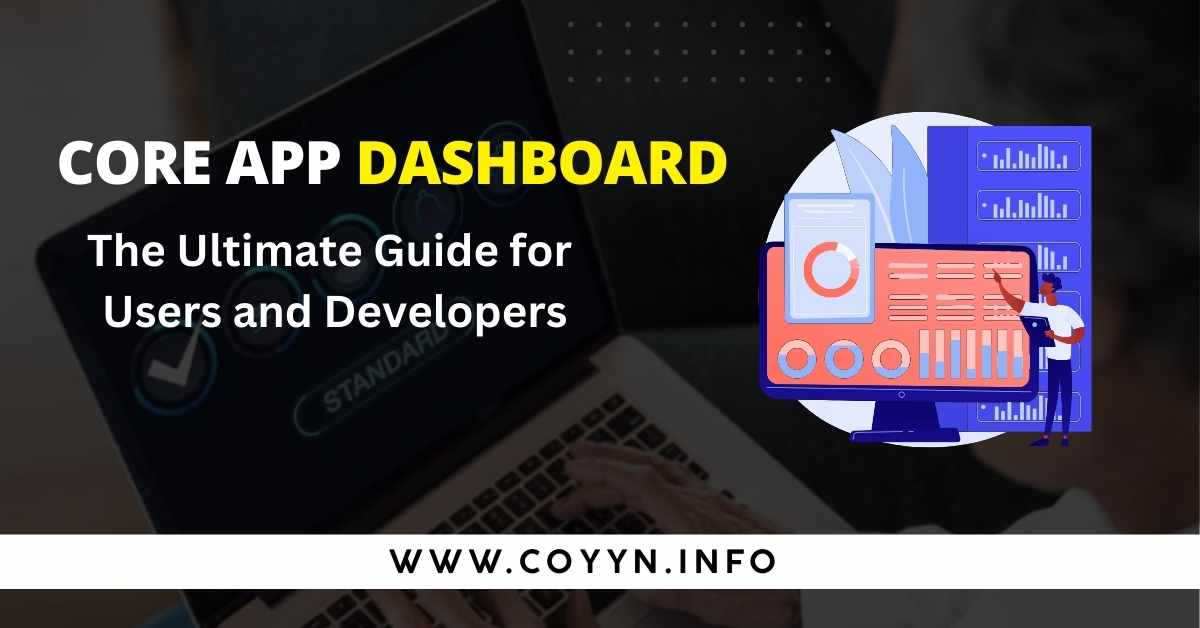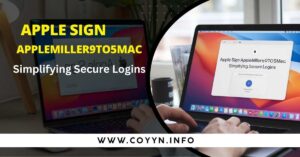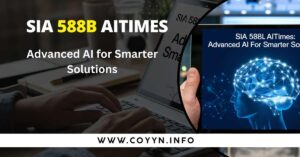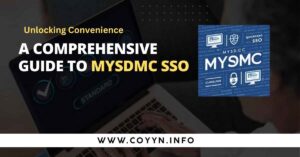A Core App Dashboard is a tool that shows key business data in one place using charts and metrics. It helps decision-makers monitor performance, spot issues, and find opportunities quickly. This makes managing and improving business processes easier and more efficient.
Imagine seeing all your important business data in one clear view—this is what a Core App Dashboard offers. It turns complex data into simple visuals, helping you make smart decisions fast. Ready to take control of your business?
What is a Core App Dashboard?
A Core App Dashboard is a tool for monitoring and analyzing business data in one place. It combines information like sales, customer feedback, and market trends into clear charts and metrics. This helps decision-makers quickly understand the business, spot issues, and find opportunities.
By simplifying complex data, Core App Dashboards make decision-making faster and more accurate. They turn raw information into actionable insights, supporting better strategies and improved performance.
Understanding the Basics of a Core App Dashboard
Defining the Purpose and Goals of a Core App Dashboard
A Core App Dashboard focuses on delivering value by meeting user needs for quick, relevant data access. It transforms raw data into visuals to track KPIs and trends for smarter decisions. Tools like FineBI enhance this process with easy analysis and insights.
Setting clear goals ensures the dashboard aligns with business objectives. These objectives guide design and functionality, making the dashboard effective. FineReport supports this with custom analytics for specific needs.
Essential Features of a Core App Dashboard
Data visualization is key to a Core App Dashboard, turning complex data into easy-to-read charts and graphs. Tools like FineBI create dynamic reports for tracking metrics and making quick decisions. This ensures users always have actionable insights at their fingertips.
A user-friendly interface enhances the dashboard’s usability by offering simple navigation and customization. Low-code tools allow users to design visually appealing dashboards with ease. This makes the dashboard both functional and engaging.
Choosing the Right Tools and Technologies for a Core App Dashboard
Selecting the right tools is crucial for building an effective Core App Dashboard. Frontend frameworks like React or Angular help create user-friendly and interactive interfaces, while backend integration ensures seamless data processing.
Technologies such as FineDataLink connect multiple data sources, providing real-time data and improving the dashboard’s functionality. This allows businesses to make better, data-driven decisions.
Also Read: PedroVazPaulo Business Consultant: Your Business Success Partner
Designing the Core App Dashboard Layout
Wireframing and Prototyping of a Core App Dashboard
Wireframing and prototyping are essential in designing a Core App Dashboard. Wireframes provide a simple layout of the dashboard, helping to plan the structure. Prototypes go a step further by simulating user interactions and functionality.
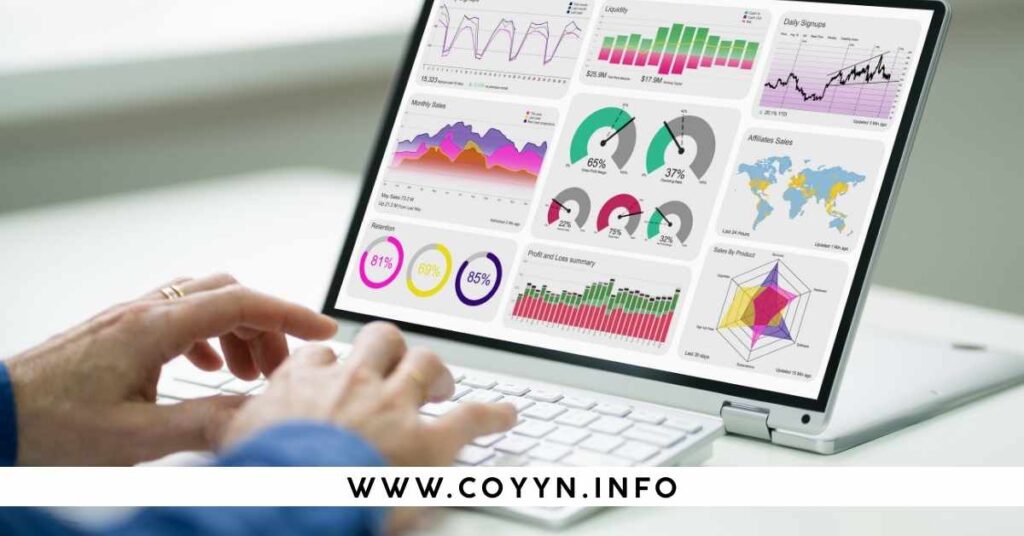
These steps ensure that the dashboard meets user expectations, improving the design process by allowing feedback and adjustments before full development. This approach results in a more user-friendly and efficient final product.
Implementing Design Principles of a Core App Dashboard
Effective core app dashboard design focuses on consistency, simplicity, and clarity. Consistent elements like colors and fonts improve user navigation, while clear visualizations help users understand complex data easily.
Responsive design ensures the dashboard works well across all devices, from desktops to mobile phones. Testing on different screens improves usability and user satisfaction, making the dashboard an efficient tool for decision-making.
Building the Core App Dashboard
Setting Up the Development Environment
Installing Necessary Software
The first step in building a core app dashboard is selecting and installing the right software tools. For data analysis and visualization, FineBI is a great choice, while FineDataLink ensures smooth data integration across various sources.
Once you have identified the tools, ensure all components are correctly installed and functional. This solid preparation sets the stage for efficient and effective dashboard development.
Configuring the Workspace
A well-organized workspace is crucial for smooth development. Start by arranging files, folders, and resources logically, and use version control systems like Git to track changes and collaborate effectively.
Additionally, set up project-specific configurations, including environment variables and database connections, to meet the dashboard’s needs. A structured workspace improves productivity and reduces errors, ensuring a more efficient development process.
Developing Core Features
Implementing Data Fetching
Data fetching is vital for providing real-time information in a core app dashboard. Connect the dashboard to reliable data sources, like databases or APIs, to ensure accurate data retrieval.
Using tools like FineDataLink, you can efficiently integrate multiple data sources and minimize latency. This ensures real-time updates, offering users the most current and valuable insights.
Creating Interactive Elements
Interactive elements make a dashboard engaging and user-friendly by allowing users to explore data. Features like dynamic charts, filters, and drill-down options, using tools like FineBI, let users dive deeper into relevant data.
These elements should be intuitive and responsive, enhancing the user experience. The goal is to encourage users to interact with the dashboard, making data exploration both informative and enjoyable.
Testing and Debugging of the Core App Dashboard
Ensuring Functionality
Thorough testing is essential to ensure your core app dashboard functions properly. Test all features and interactions, using automated tools to simulate various user scenarios and ensure optimal performance.
Also, conduct performance testing to verify that the dashboard remains responsive with large data sets or heavy traffic. Proper testing identifies issues early, guaranteeing a smooth, reliable user experience.
Fixing Bugs and Issues
During testing, bugs and issues will arise. Focus on fixing critical errors that affect functionality or user experience, using debugging tools to find and resolve them efficiently.
Once all issues are addressed, perform a final round of testing to ensure the dashboard is error-free. A polished, bug-free dashboard helps build user trust and ensures a smooth launch.
Enhancing the Core App Dashboard with Advanced Features
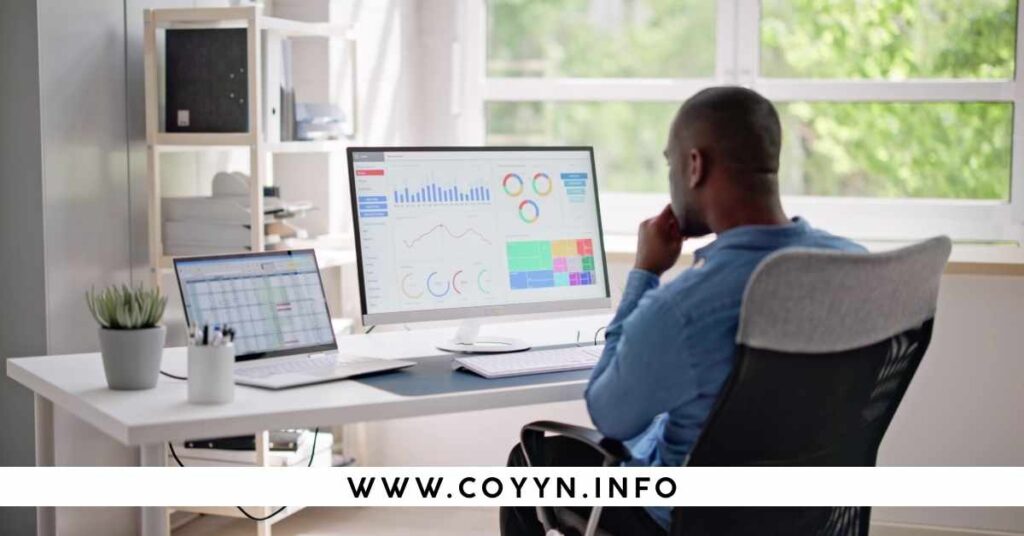
Adding Customization Options for the Core App Dashboard
User Preferences
Customization is essential for modern dashboards, enabling users to adjust elements to suit their preferences. Options like rearranging widgets, setting data filters, or highlighting key metrics make the dashboard more relevant to each user.
Allowing users to personalize their workspace boosts engagement and efficiency. This personalization enhances usability and encourages a sense of ownership, leading to greater productivity and satisfaction.
Theme Settings
Theme customization enhances the visual appeal of a dashboard, improving user interaction and satisfaction. Tools like FineReport allow users to choose from different themes, color schemes, and layouts to create a personalized and visually appealing interface.
This customization is especially valuable for businesses wanting to maintain consistent branding. A well-designed dashboard not only makes data more engaging but also helps users understand and act on information more effectively.
Integrating Third-Party Services for the Core App Dashboard
API Connections
APIs enhance the functionality of a core app dashboard by enabling integration with external tools and services. FineDataLink, for example, allows businesses to connect CRM systems, marketing platforms, and other applications, pulling in data for more comprehensive analysis.
This integration broadens the data available for decision-making, ensuring that users have a complete view of business operations. As the organization grows, the dashboard can be easily updated to include new services and functionalities, providing ongoing value.
External Data Sources
Integrating external data sources into a dashboard provides a comprehensive view of business performance by consolidating information from various systems. FineDataLink excels at connecting and aggregating data from databases, cloud services, and third-party applications.
This integration offers users a unified perspective on key business metrics, improving insights for forecasting, trend analysis, and strategic planning. With access to a broader range of data, businesses can make more informed and accurate decisions.
Implementing Advanced Data Visualization Techniques
Interactive Visuals
Interactive visuals, like drill-down charts and heat maps, enhance the user experience by allowing deeper data exploration. These dynamic visualizations make complex information easier to understand, helping users spot patterns and trends.
By enabling users to interact directly with the data, these visuals provide more meaningful insights, making it easier to compare metrics and draw actionable conclusions. This interactivity encourages a more engaging and effective data analysis process.
Real-Time Data Updates
Real-time data updates ensure users have the most current information, which is vital for quick decision-making in fast-paced industries like finance or marketing. By integrating live feeds and automatic refreshes, the dashboard becomes a valuable tool for monitoring and responding in real time.
Adding features like user customization, API connections, and real-time updates enhances the dashboard’s functionality and user experience. These upgrades turn it into a dynamic platform that supports better data-driven decisions and meets the diverse needs of businesses.
Best Core App Dashboard Building Tools
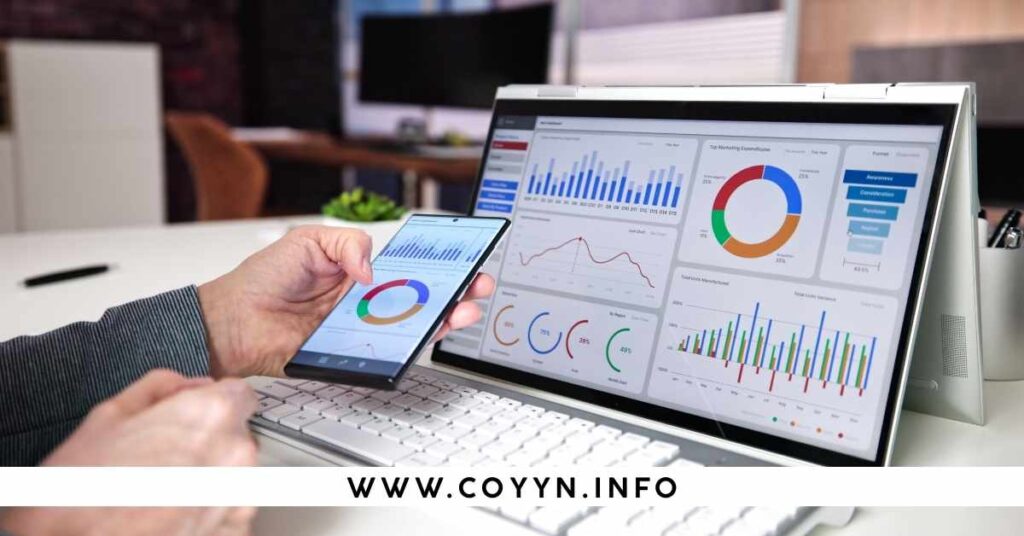
- NocoBase: Data Management Platform
- Data Model Driven: Flexible design with visual modeling tools for defining data structures and connecting to data sources like MySQL and PostgreSQL.
- Powerful Integration: Supports integration with various data sources and third-party APIs, ensuring data consistency and timeliness.
- Flexible Chart Features: Offers diverse charts and visualization tools for intuitive data analysis.
- Extensible Plugin Architecture: Microkernel architecture allows custom plugin development for easy feature expansion.
- Tableau: Business Intelligence and Analytics Software
- Data Visualization: Offers a wide variety of charts and interactive features for creating dynamic dashboards.
- Real-Time Analysis: Deep analytical tools for uncovering insights through calculated fields, parameters, and filters.
- Collaboration and Sharing: Enables data sharing and collaboration across mobile devices, tablets, and computers.
- Power BI: Data Visualization Tool
- Powerful Data Connectivity: Connects to various data sources like Excel, SQL Server, Azure, and Salesforce.
- Rich Visualization Options: Provides multiple tools for creating charts, maps, and dashboards for intuitive analysis.
- Intelligent Analysis Features: Integrates AI technologies for natural language queries and quick insights.
- Looker: Personalized Data Dashboard Tool
- Embedded Analytics: Offers powerful embedded capabilities for integrated, interactive experiences within applications.
- Interactive Dashboards: Real-time updates and interactive data exploration through clicks and filters.
- Cloud-Native Platform: Supports large-scale data processing without infrastructure maintenance.
- Domo: Business Intelligence Analysis Tool
- Integration and Data Connectivity: Seamlessly integrates with various data sources including databases, cloud services, social media, and spreadsheets.
- Dynamic Dashboards: User-friendly interface for creating dashboards that update in real time.
- AI and Machine Learning: Combines AI and machine learning for intelligent insights and predictive analytics.
- Grafana: Query, Visualization, Monitoring Platform
- Highly Customizable Dashboards: Allows users to create custom dashboards with a drag-and-drop interface.
- Real-Time Monitoring and Alerts: Real-time data monitoring with alert rules to notify users when metrics exceed thresholds.
- Plugin Ecosystem: Rich plugin ecosystem to extend functionalities with new chart types, data sources, and app integrations.
Also Read: Money6x Real Estate: Smart Investment Opportunities
Frequently Asked Question
What is the core of an app?
The core of an app is its essential features that allow it to perform the primary tasks. It includes the basic functions that enable the app to serve its main purpose.
What is core in application?
Core in an application refers to the fundamental code and logic that runs the app. It includes the components that process data and ensure the app functions correctly.
What is the core of a program?
The core of a program is the main set of instructions that define its behavior. It handles inputs, processes them, and produces the expected outputs.
What is the core functionality of an app?
Core functionality of an app is the key features that fulfill its primary purpose. These are the actions the app is designed to perform for users.
What is core in software?
Core in software is the central set of components or modules that enable the program to operate. It includes the code, services, and infrastructure that support the software’s operation.
Conclusion
A Core App Dashboard is a tool used to display important information in an easy-to-understand format. It gathers data from various sources like sales, performance metrics, or customer feedback and presents it through charts, graphs, and tables. This allows users to monitor key business activities and make informed decisions quickly.
The dashboard’s main purpose is to provide an overview of relevant data in a way that is simple and clear. By offering real-time insights, it helps users identify trends, opportunities, and potential problems, making it a valuable tool for decision-making and improving business operations.
